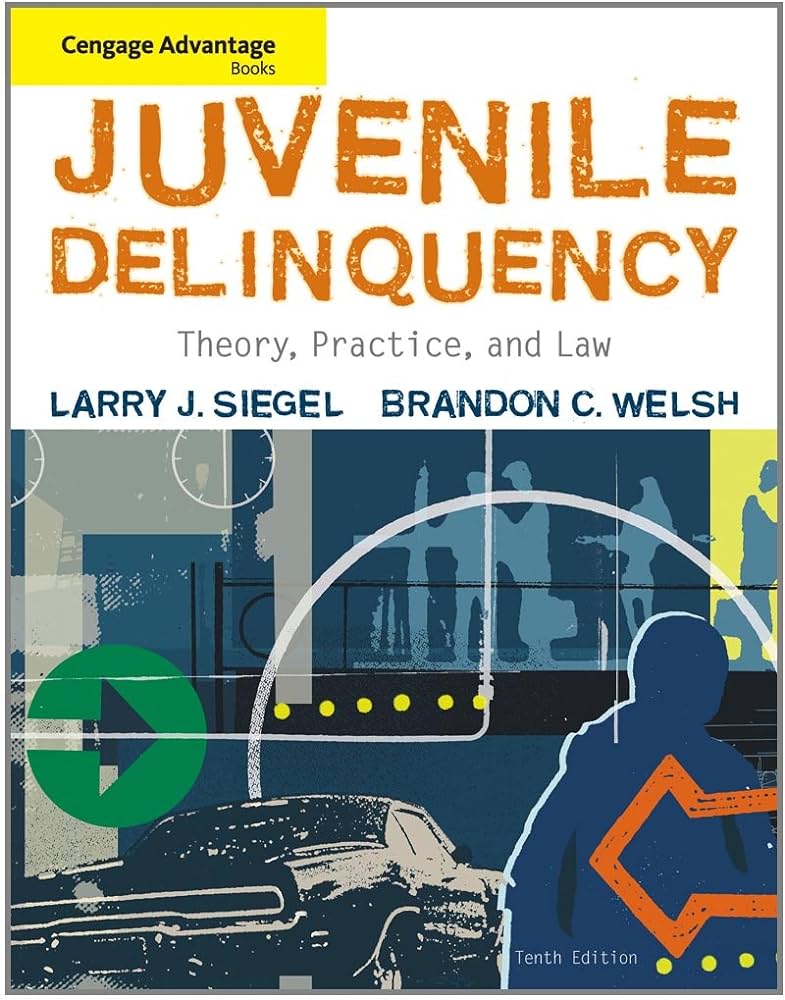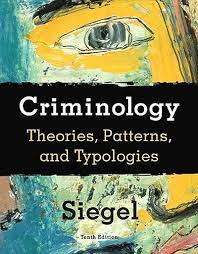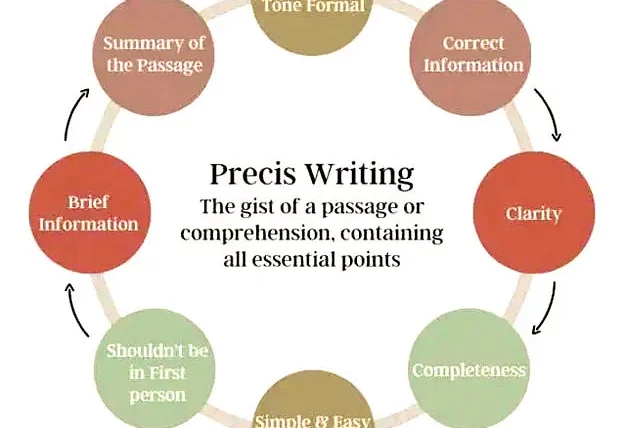This blog is your go-to source for understanding the criminology syllabus, discovering top-recommended books, and uncovering essential classics. After getting this blog, trust me no need for any academy teacher. Behind this read, if still you have any queries, feel free to ask in the comment section. Let’s dive in!
Navigating the Syllabus for Success
So let’s start with the paper pattern according to the syllabus. There are four sections in the syllabus and similarly, there are four parts in the criminology exam. The examiner asks two questions from each section and you have to attempt one from each section. In this pattern, there is a 50% option for aspirants. With such a big optional opportunity, there is a flaw as well, one can not skip a single section during preparation. One has to prepare for this subject thoroughly because most of the time the examiner inquires the same question in a complex way or in another name which is not commonly used in guidebooks. Hence in that situation, aspirants get stuck. Allow me to make clear how 25 marks are divided in each section. From each section there is the question of twenty marks and the rest of the five marks are for the objective. In this way, the total is 25 marks from each section. Have a glance at the syllabus below:
Section-I (25 Marks)
I. Introduction
Basic concepts used in understanding crime, criminality, and criminal behavior.
II. Understanding Criminology
Definition, meaning, and scope of criminology; Criminology and criminal law; Crime as
a social problem; Deviance, Sin Vice, Evil, Norms, Values; Security (Physical, Social,
Economic)
III. Crime and Criminals
Occasional criminals, Habitual criminals, Professional criminals, White-collar crime,
Organized crime, corporate crimes.
IV. Crime and Criminality: Theoretical Perspectives
Early explanation of criminal behavior
Social Disorganization theory
Strain theory
Social Control theory
Learning theory
Labeling Theory
Islamic perspective on deviance and crime.
Section-II (25 Marks)
V. Juvenile Delinquency
Meaning, definitions (Behavioral vs. legal), Juvenile delinquent Vs status offender,
Official statistics of juvenile delinquency
VI. Juvenile Justice System
Role of police
Juvenile court process:
pretrial, trial, and sentencing
Role of prosecutor, defense counsel, juvenile judge, juvenile probation officer
Juvenile correctional institutions; probation and non-punitive alternatives
VII. The Criminal Justice System:
Police and its role
Trial and Conviction of Offenders
Agencies: formal and informal
Criminal courts: procedures and problems
Role of prosecutors
Prisons, Probation and Parole
VIII. Punitive and Reformative Treatment of Criminals
Corporal punishment, Imprisonment, Rehabilitation of criminals.
Section-III (25 Marks)
IX. Criminal Investigation
Principles of criminal investigation, Manual of preliminary investigation, Intelligence
operations, Database investigation, Electronic investigation, Forensic Investigation
X. Techniques of Investigations
Gathering information from persons, Interviewing and interrogation techniques,
Criminal investigation analysis,
XI. Legal and Ethical Guidelines for Investigators
Stop and frisk operations, Arrest procedures, Search and seizure.
XII. International Policing and Criminal Justice Monitoring Organizations
UNAFEI, INTERPOL, EUROPOL, UNODC, UNICEF, IPA, etc.
Section-IV (25 Marks)
XIII. Modern Concepts in Contemporary Criminology
Terrorism, Radicalism, and War on Terror
Media’s Representation of Crime and the Criminal Justice System
Modern Law Enforcement and Crime Prevention
Intelligence-led Policing
Community Policing
Private Public Partnership
Gender and Crime in Urban and Rural Pakistan
Crime and Urbanization, Organized Crime, and White-Collar Crime
Human Rights Abuses and Protection, especially of Children; Women and Minorities; The role of civil society and NGOs
Money-laundering
Cyber Crime
Role of NAB, FIA, ANF
FPSC Recommended Bookshelf
| New Perspectives in Criminology | 1. |
| Criminal Interrogation and Confessions. | 2. |
| Theoretical Criminology | 3. |
| Modern Criminology: Crime, Criminal Behavior and its Control. | 4. |
| Juvenile Delinquency: An Integrated Approach | 5. |
| Security Studies: An Introduction | 6. |
| Crime, Justice and Society: An Introduction to Criminology | 7. |
| Juvenile Delinquency: Theory, Practice, and Law | 8. |
| Crime Prevention: Theory and Practice | 9. |
Thus, the list of aforementioned books which are in nine is recommended by the FPSC. These are the recommendations no need to go through all this stuff. Be smart. There are two options. Most aspirants use guidebooks to cover the syllabus. This approach is not so bad you can pass the exam but sometimes you can lose too. So a good approach is to consult these books only for important topics. For this paper definitions are also required so for definition you can use guidebooks, and memories only those definitions that have an authentic writer so that you can highlight that reference in the exam with a marker which gives a very positive impact.
Criminology Syllabus Unveiled Through Essential Reading Selections
Get ready to know which of the books are essential to grab this paper with optimal marks. Moreover, in another article, I shared important questions from past papers in which you will get the proof of my upper statement
One has to prepare for this subject thoroughly because most of the time the examiner inquires the same question in a complex way or in another name which is not commonly used in guidebooks.
For criminology Essential past paper: Click Here

Siegel presents a well-rounded examination of various criminological theories as they relate to juvenile delinquency. The book provides a solid foundation for understanding the root causes of youth crime, a more extensive discussion of recent case studies could enhance the book’s relevance. You need to go through the theories from this book. Theories are very important as a concern to paper. So one must prepare theories properly because it is very important.

Here I am sharing another audition of Siegel’s book. So, first, analyze what is simple for you then start to prepare theories from one of the books.
Note
These theories are not particularly address only one question in exams but also you need to create relevancy of these theories in other question and try to link events and examples with them.It is the main demand of the theories and examiner too.
However, embarking on the journey of criminology involves not only understanding the syllabus but also exploring the rich tapestry of knowledge found in recommended and essential books. By immersing yourself in these resources, you’ll gain a deeper understanding of the theories, practices, and historical context that shape the field of criminology. Happy reading!


2 Replies to CSS Criminology Complete Guide with Books,Notes,Solved MCQs,Past Papers
CSS Punjabi Complete Guide With the Book,Notes,Solved MCQs,Past Papers
CSS Criminology Complete Guide with Books,Notes,Solved MCQs,Past Papers
How to read the newspaper for CSS/PMS
Your Ultimate Guide to FIA Exams in Pakistan
How to read the newspaper for CSS/PMS
Strategies to Score High in Political Science Exam
CSS and PMS Exams: Your Questions Answered
Computer Science Strategies for CSS: Your Ultimate Prep